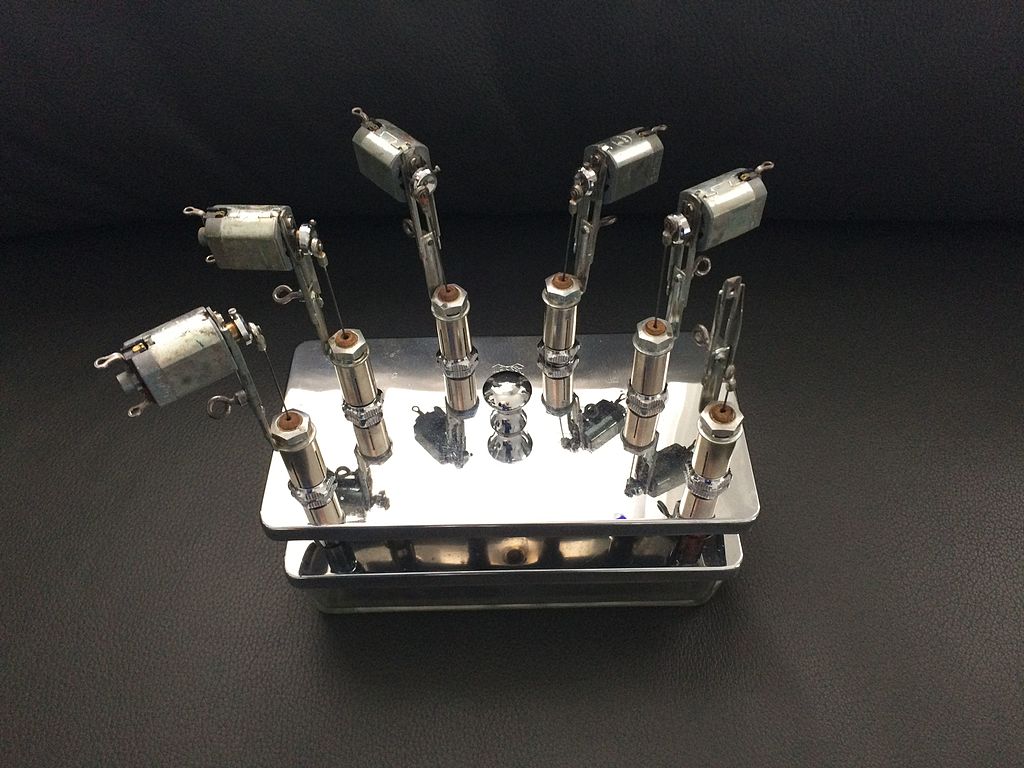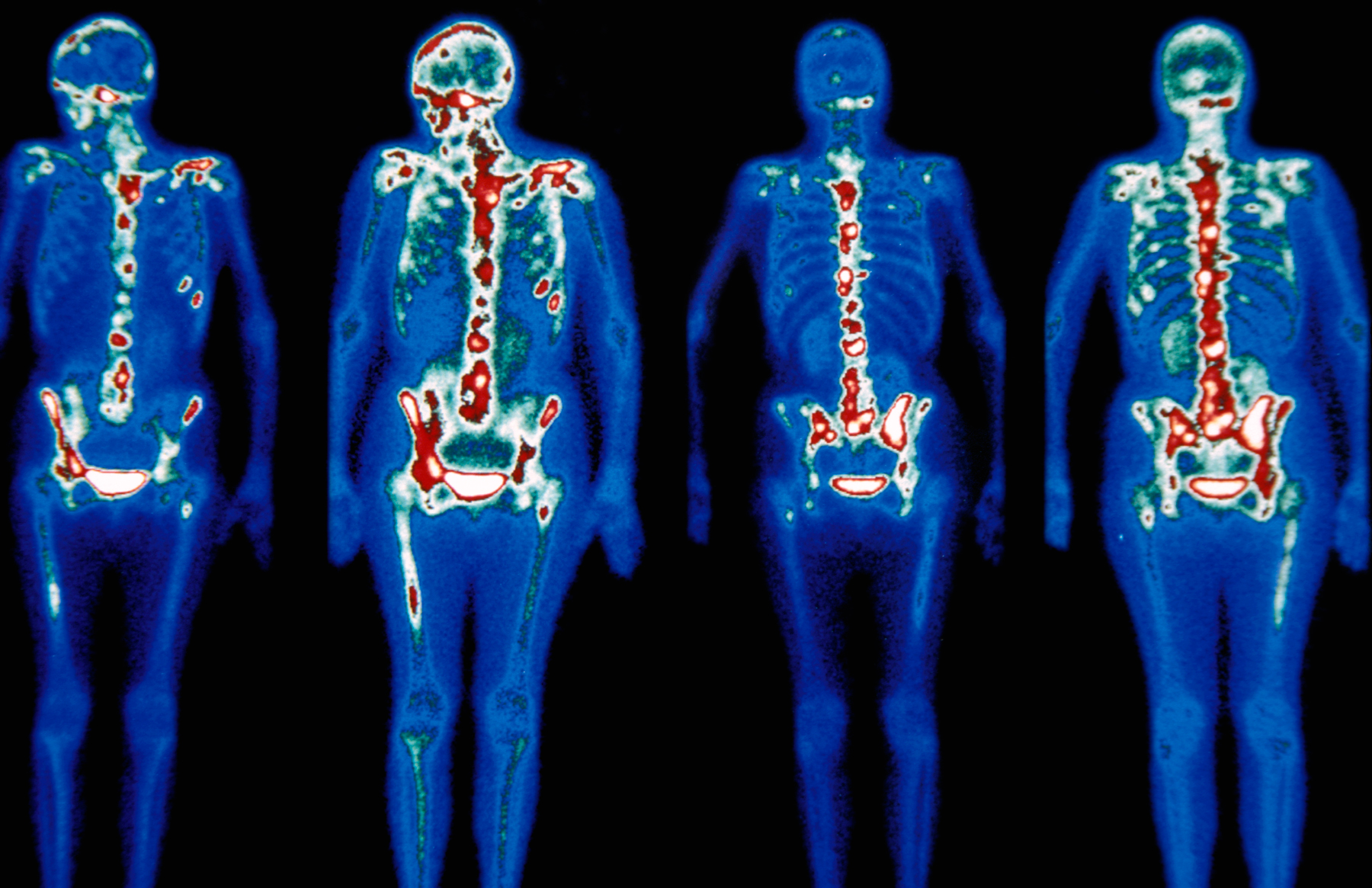The art of tattooing and the science of preventative health care are not generally two things that are thought of as being in sync with one another. And yet, sometimes matches that look dissonant on paper can turn out to have unexpected and even groundbreaking benefits. Could tattoo ink help save lives? A new study suggests that it might.
Writing at Smithsonian Magazine, Courtney Sexton chronicles the work of Cristina Zavaleta, an assistant professor at USC who has extensively researched the ways different dyes and pigments work with optical imaging. Why? At present, only 3 dyes are used to detect signs of cancer or other ailments — but Zavaleta’s research suggests that there could be far more.
Some of this comes from Zavaleta’s experience with illustration, which led her to think outside of the proverbial box. At first glance, a medical use for tattoo ink might not be the first thing that comes to mind — but when you consider that tattoo ink needs to be minimally invasive, it starts to make a lot more sense.
The results, according to the article, suggest that scientists may have a few more options to choose from when testing patients for various conditions: “Data from Zavaleta and her colleagues’ study showed that FDA-approved Green 8 dyes used in drugs and cosmetics have significant tumor targeting potential in mice with cervical and colon tumors, and the Orange 16 pigment found in tattoo inks also showed, according to the authors, promising fluorescent properties and tumor targeting potential.”
Could tattoo ink help save lives in the future? If this study is any indication, the answer is a resounding “yes.”
Subscribe here for our free daily newsletter
Thanks for reading InsideHook. Sign up for our daily newsletter and be in the know.














